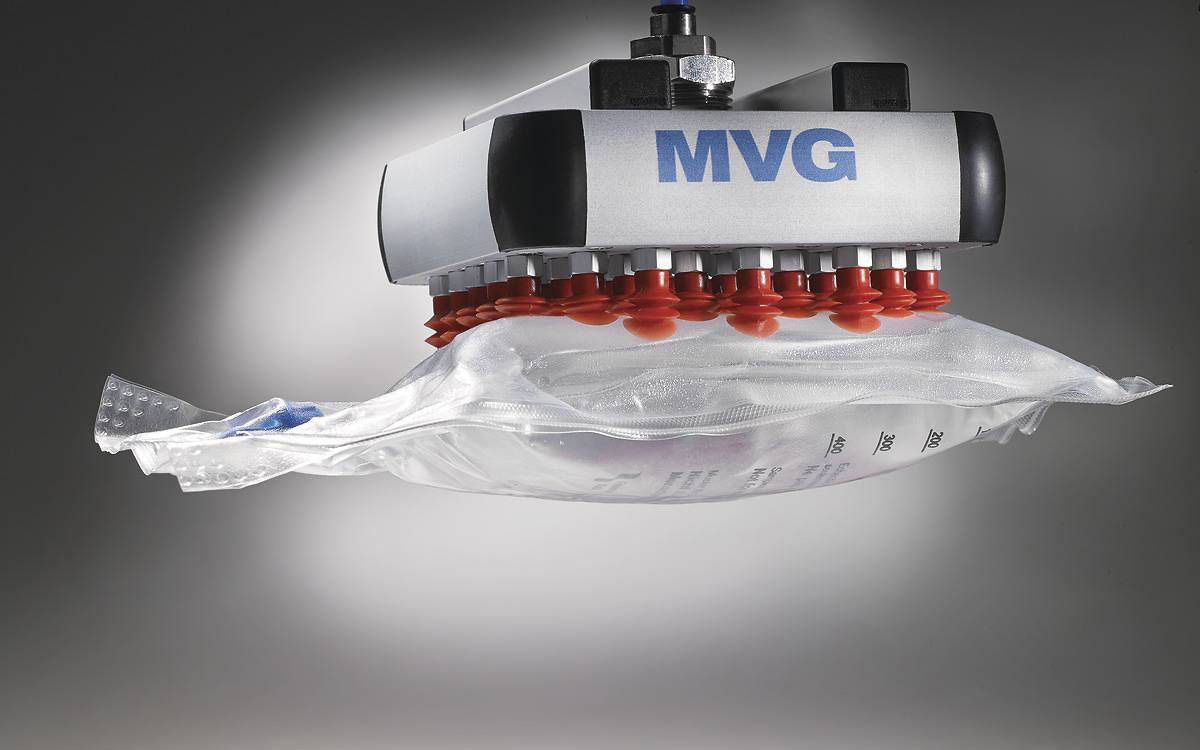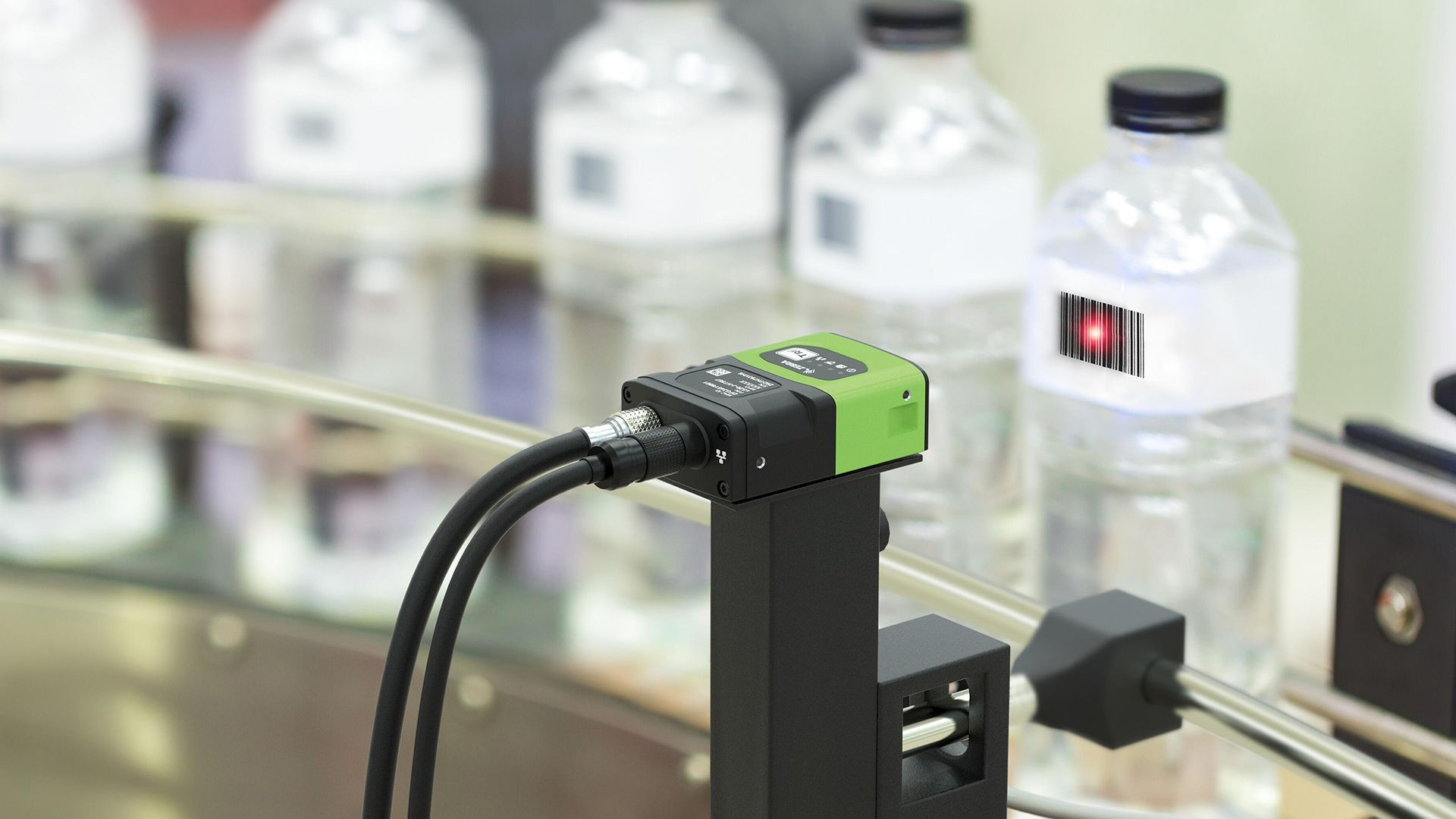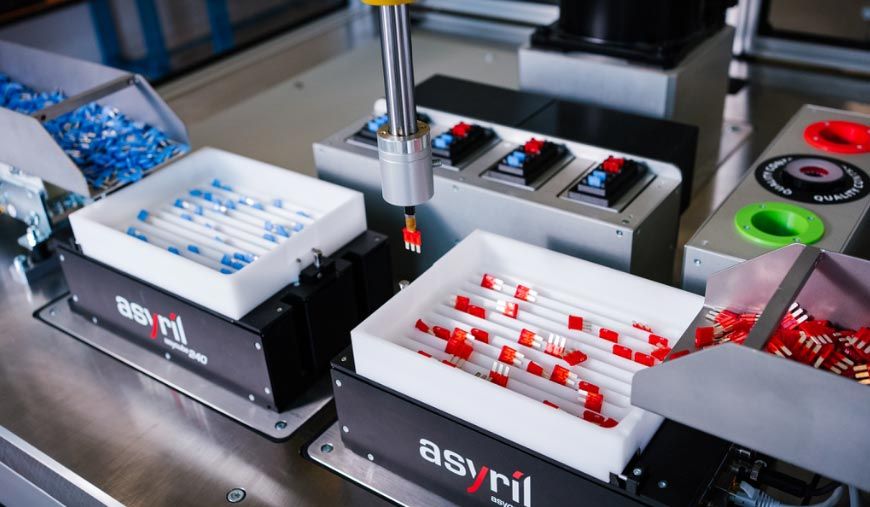August 31, 2023
Today, costly food recalls, foodborne illness outbreaks, and compliance with new regulatory requirements are a few factors driving innovation in the food and beverage industry. You can also add the never-ending need for greater productivity, lower operating costs, and rising consumer expectations to the list of reasons food and beverage manufacturers are searching for new approaches that improve food safety and deliver greater speed, efficiency and quality control. The innovative technologies food and beverage manufacturers are adopting include fixed industrial scanners and machine vision cameras. These Automatic Identification and Data Capture (AIDC) technologies have emerged as critical tools in every manufacturing process, enabling automated track-and-trace and quality inspection workflows throughout production to ensure only the highest quality products reach consumers. Historically, when people think of machine vision technologies, they tend to assume the systems are hyper-complex and require advanced technical capabilities to deploy and operate. Only part of that presumption is accurate, however. While machine vision tools are highly innovative and often use complex machine learning systems, real-world applications are accessible to just about any manufacturer. As an analogy, consider the imaging capabilities of any halfway-decent smartphone: The mobile device you probably have in your pocket right now includes a wide range of advanced image processing capabilities that would have required workstation-level image processing tools and the skills of a trained professional photographer not long ago. Today, you capture those images with no thought at all. The latest fixed scanning and machine vision tools aren’t quite as accessible, but they’re close. In fact, Zebra Technologies offers a portfolio of fixed scanners and smart cameras that run on a simple, easy-to-master software platform (Zebra Aurora) that allows anyone to quickly create and deploy powerful data- and image-capture solutions for manufacturing applications. So, while many food production plants still rely on error-prone, time-consuming manual data collection and inspection processes, there is an easy path to automation systems that support the fastest food and beverage production lines. Here’s a brief look at several typical workflows: Vision systems inspect food packages, including seals and tamper-evident bands throughout processing to ensure packaging consistency and safeguard product quality. Machine vision cameras use deep learning OCR technology to scan and decode batch data, enabling detailed track-and-trace applications. They can also read, confirm, and verify “Best By Dates” and product expiration dates even when the printing is less than perfect. Scanning and vision technologies check fill levels and cap properties in bottling applications to ensure product quality. Machine vision systems automatically evaluate label placement and detect labeling defects. Fixed scanners capture inventory data, lot codes and batch codes with great accuracy to enable better inventory management and production tracking. Machine vision systems can be trained to recognize foreign material contamination as food and beverage products move through production. These are just a few examples of how food and beverage manufacturers use Zebra’s easy-to-deploy fixed scanning and machine vision tools to automate their operations. Fortunately, with Zebra’s automation portfolio, you don’t need to tackle all of them at once. You can start with tools that allow you to automate simple 1D or 2D barcode scanning, then scale your system with simple software upgrades as your needs and goals evolve—without needing to invest in new hardware.






